Imagine you’re halfway up a mountain, the sky darkens, and a chilly wind starts howling. Raindrops patter on your hood, and you realize your old jacket isn’t cutting it. Wet, cold, and miserable—that’s not how you want to remember your adventure, right? A high-quality outdoor jacket designed for rain and wind protection can be your best friend in these moments. In this guide, I’ll break down why these jackets are essential, what features to prioritize, and which models stand out in 2025. Whether you’re hiking, climbing, or just braving a stormy commute, I’ve got you covered with expert insights and top picks.
Why You Need a Quality Outdoor Jacket
Let’s face it: Mother Nature doesn’t always play nice. A good outdoor jacket isn’t just about staying dry—it’s about staying comfortable and safe so you can focus on the trail, the summit, or even just getting to work. Rain and wind can sap your body heat, turning a fun outing into a risky ordeal. Hypothermia is no joke, even in mild temperatures, if you’re soaked and exposed. A reliable jacket acts like a shield, keeping you warm, dry, and ready to tackle whatever the weather throws your way.
Protection Against Rain
Rain is the ultimate test for any outdoor jacket. Waterproof materials like Gore-Tex or proprietary membranes create a barrier that stops water from seeping through, even in torrential downpours. But it’s not just about the fabric—sealed seams, waterproof zippers, and a durable water-repellent (DWR) coating ensure no sneaky droplets find their way in. Think of it like an umbrella for your whole body, but way more practical for scrambling over rocks or dodging puddles.
Shielding from Wind
Wind can be just as brutal as rain, cutting through layers and chilling you to the bone. A windproof jacket blocks those gusts, preserving your body heat. Many waterproof jackets are inherently windproof, thanks to their tightly woven fabrics or laminated layers. It’s like having an invisible force field that keeps the cold at bay, letting you hike, climb, or cycle without feeling like you’re battling a hurricane.
Key Features to Look for in Outdoor Jackets
Not all jackets are created equal. To find the best one for rain and wind protection, you need to know what to look for. Let’s dive into the must-have features that separate the champs from the chumps.
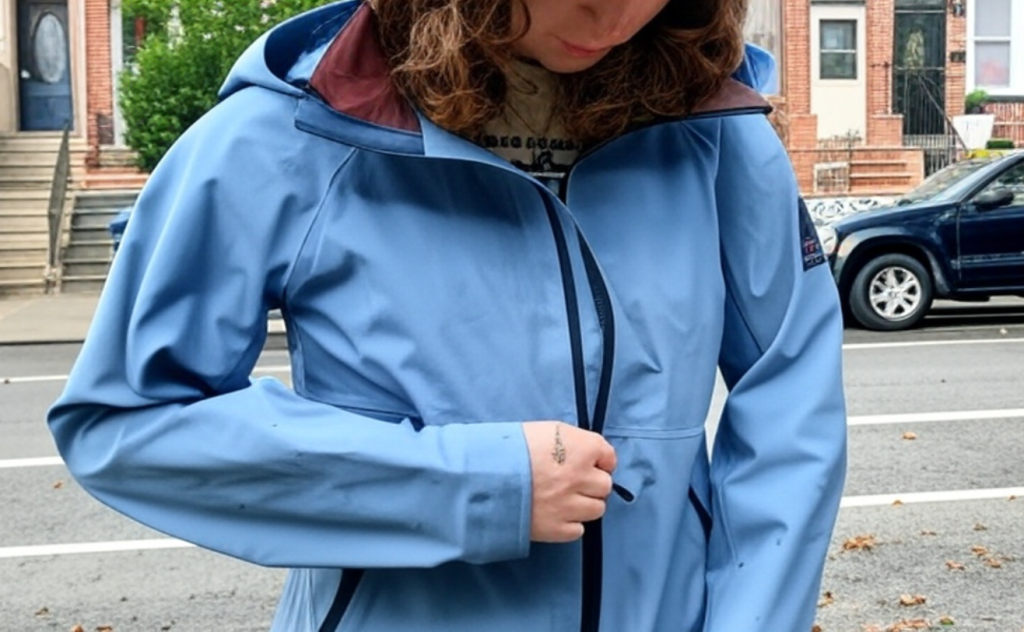
Waterproofing Technologies
The heart of any rain jacket is its waterproofing tech. Gore-Tex is the gold standard, offering a robust membrane that blocks water while letting sweat vapor escape. Alternatives like eVent or Patagonia’s H2No are also top-notch, providing similar protection with slight variations in breathability. Some budget jackets use 2.5-layer coatings, which work for light rain but may falter in storms. Choose a jacket with a high waterproof rating (think 20,000mm or more) for serious weather.
Breathability and Ventilation
Ever felt like you’re wearing a sauna? That’s what happens when a jacket traps sweat inside. Breathability is crucial, especially for high-energy activities like hiking or skiing. Look for jackets with advanced membranes (like Gore-Tex Pro) or ventilation features like pit zips, which let you dump heat without letting rain in. It’s like opening a window in a steamy car—sudden relief without compromising protection.
Durability and Weight
A jacket needs to withstand rough trails and rocky scrambles, but nobody wants to lug around a heavy brick. Three-layer constructions (with an outer fabric, membrane, and inner lining) are durable but can be heavier. Ultralight options, like 2.5-layer jackets, save weight but may wear out faster. It’s a balancing act—think of it like choosing between a sturdy SUV and a zippy sports car.
Hood Design
A good hood is your first line of defense against rain and wind. Look for adjustable hoods with drawcords or toggles to cinch them tight. Helmet-compatible hoods are a must for climbers or cyclists, while a stiff brim keeps water off your face. A poorly designed hood flaps like a loose sail; a great one feels like a cozy fortress.
Pocket Configuration
Pockets aren’t just for style—they’re functional. Secure, zippered pockets keep your phone, keys, or snacks dry and accessible. Some jackets offer chest pockets for easy reach, while others include internal stash spots. Imagine fumbling for your map in a downpour—well-placed pockets make life easier.
Top Picks for Rain and Wind Protection Jackets
Now that you know what to look for, let’s get to the good stuff: the best jackets for 2025. I’ve analyzed performance, value, and versatility to bring you the cream of the crop.
Best Overall: Arc’teryx Beta SL
The Arc’teryx Beta SL is the Ferrari of rain jackets. Its 3-layer Gore-Tex construction delivers unbeatable waterproofing and wind resistance, shrugging off tropical storms and alpine gales. At just 9.2 ounces, it’s surprisingly light, with a tailored fit that moves with you. Pit zips and an adjustable hood add versatility, though the $500 price tag might make your wallet wince. If you want top-tier performance for hiking, climbing, or skiing, this is your jacket.
Best for Hiking: Patagonia Torrentshell 3L
Hikers, meet your match. The Patagonia Torrentshell 3L combines a 3-layer H2No membrane with a recycled nylon shell for excellent rain and wind protection. It’s breathable, packable, and features a storm flap over the zipper for extra weatherproofing. At $179, it’s a steal for its durability and eco-friendly cred. The hood could be sturdier, but for trail adventures, this jacket shines.
Best Budget Option: Marmot PreCip Eco
You don’t need to break the bank for solid protection. The Marmot PreCip Eco, priced around $100, uses a 2.5-layer NanoPro coating to fend off rain and wind. It’s lightweight (9.2 ounces) and packable, with a soft collar lining for comfort. While it’s not as breathable as pricier models, it’s perfect for casual hikers or commuters on a budget.
Best Ultralight: Outdoor Research Helium
For ounce-counters, the Outdoor Research Helium is a game-changer. Weighing a mere 5.8 ounces, it’s like carrying a feather but still offers decent rain and wind resistance. The Pertex Shield fabric is water-resistant, though it’s best for light showers rather than monsoons. With a packable chest pocket and adjustable hood, it’s ideal for trail runners or ultralight backpackers.
How to Choose the Right Jacket for Your Needs
With so many options, picking the perfect jacket can feel overwhelming. Here’s how to narrow it down based on your lifestyle and activities.
Activity-Specific Needs
Your jacket should match your adventures. Hikers need breathable, durable shells like the Patagonia Torrentshell for long treks. Climbers should prioritize mobility and helmet-compatible hoods, making the Arc’teryx Beta SL a top choice. For urban commuters, a stylish, packable option like the Marmot PreCip Eco works wonders. Ask yourself: What’s my primary use case?
Sizing and Fit
A jacket that’s too tight restricts movement; too loose, and it flaps in the wind. Look for a fit that allows layering (a fleece or puffy underneath) without feeling like a tent. Try it on with your typical outdoor gear, and check arm length for full mobility. It’s like finding the perfect pair of jeans—comfort is key.
Caring for Your Outdoor Jacket
Your jacket is an investment, so treat it right. Proper care keeps it performing like new for years.
Washing and Reproofing
Dirt and sweat can clog a jacket’s waterproof membrane, so wash it regularly with a tech-specific cleaner (like Nikwax Tech Wash). Reapply a DWR spray or wash-in treatment every few washes to maintain water-beading performance. Think of it like oiling a bike chain—routine maintenance keeps it running smoothly.
Environmental Considerations
Outdoor gear shouldn’t harm the planet. Many brands are stepping up with eco-friendly options, and you can too by choosing wisely.
Sustainable Brands
Patagonia and REI lead the pack with recycled materials and PFC-free DWR coatings, reducing harmful “forever chemicals.” The Torrentshell 3L, for example, uses recycled nylon and fishing nets. Supporting these brands is like voting for a cleaner planet with your wallet.
Conclusion
A great outdoor jacket for rain and wind protection is more than gear—it’s your ticket to fearless adventures, no matter the weather. From the premium Arc’teryx Beta SL to the budget-friendly Marmot PreCip Eco, there’s a jacket for every need and wallet. Prioritize waterproofing, breathability, and fit, and don’t skimp on care to keep your jacket performing. Ready to conquer the elements? Pick your perfect jacket and hit the trail with confidence.
FAQs
- What’s the difference between water-resistant and waterproof jackets?
Water-resistant jackets handle light rain but may soak through in heavy downpours. Waterproof jackets, with membranes like Gore-Tex, block all moisture, making them ideal for storms. - How often should I reproof my jacket’s DWR coating?
Reproof every 3–5 washes or when water stops beading on the surface. Use a DWR spray or wash-in product for best results. - Can I use a rain jacket as a windbreaker?
Yes, most waterproof jackets are windproof, but dedicated windbreakers are lighter and more breathable for dry, windy conditions. - Are expensive jackets like Arc’teryx worth the cost?
For frequent adventurers in harsh conditions, premium jackets offer superior durability, breathability, and features. Casual users may find budget options sufficient. - How do I know if a jacket is eco-friendly?
Look for recycled materials, PFC-free DWR coatings, and certifications like Fair Wear or Bluesign. Brands like Patagonia and REI often highlight these features.
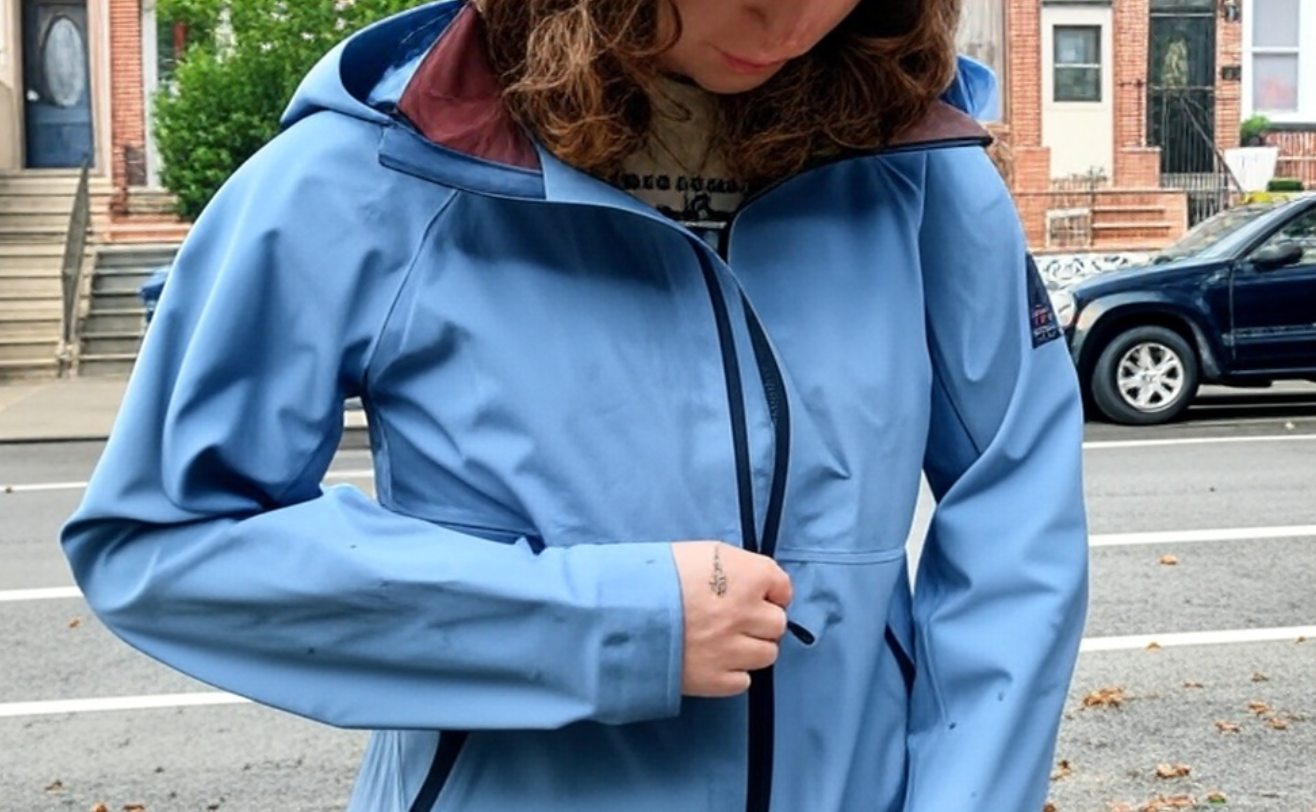
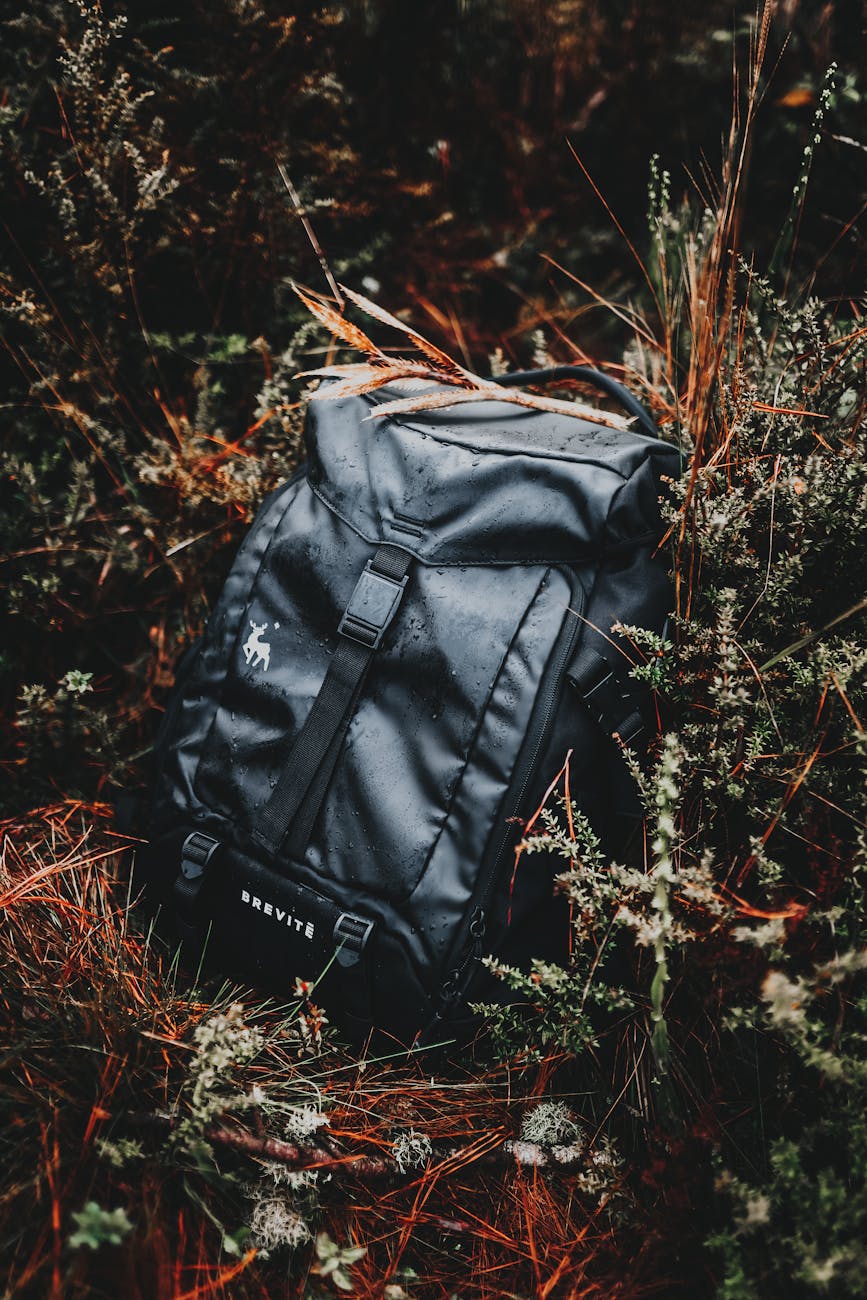
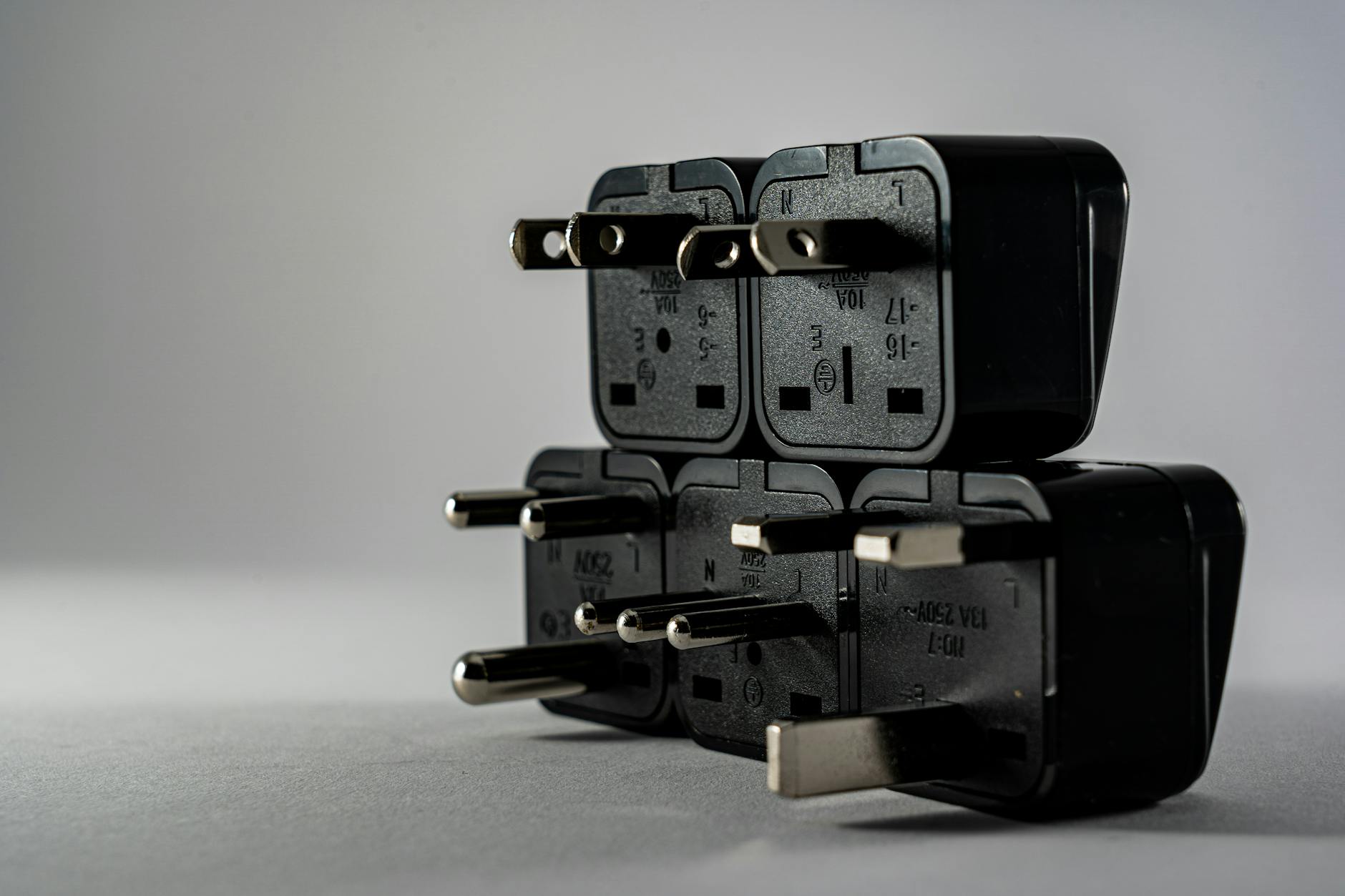
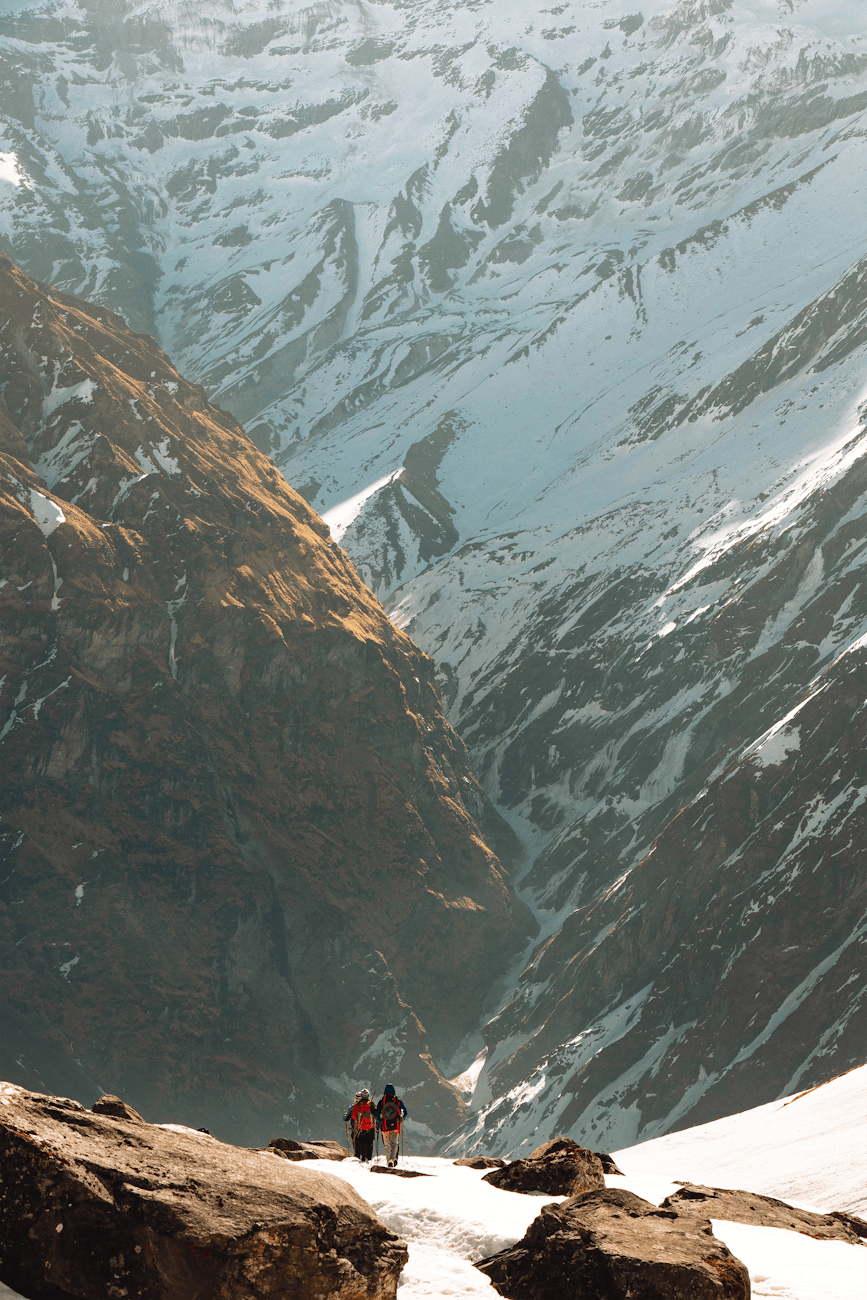
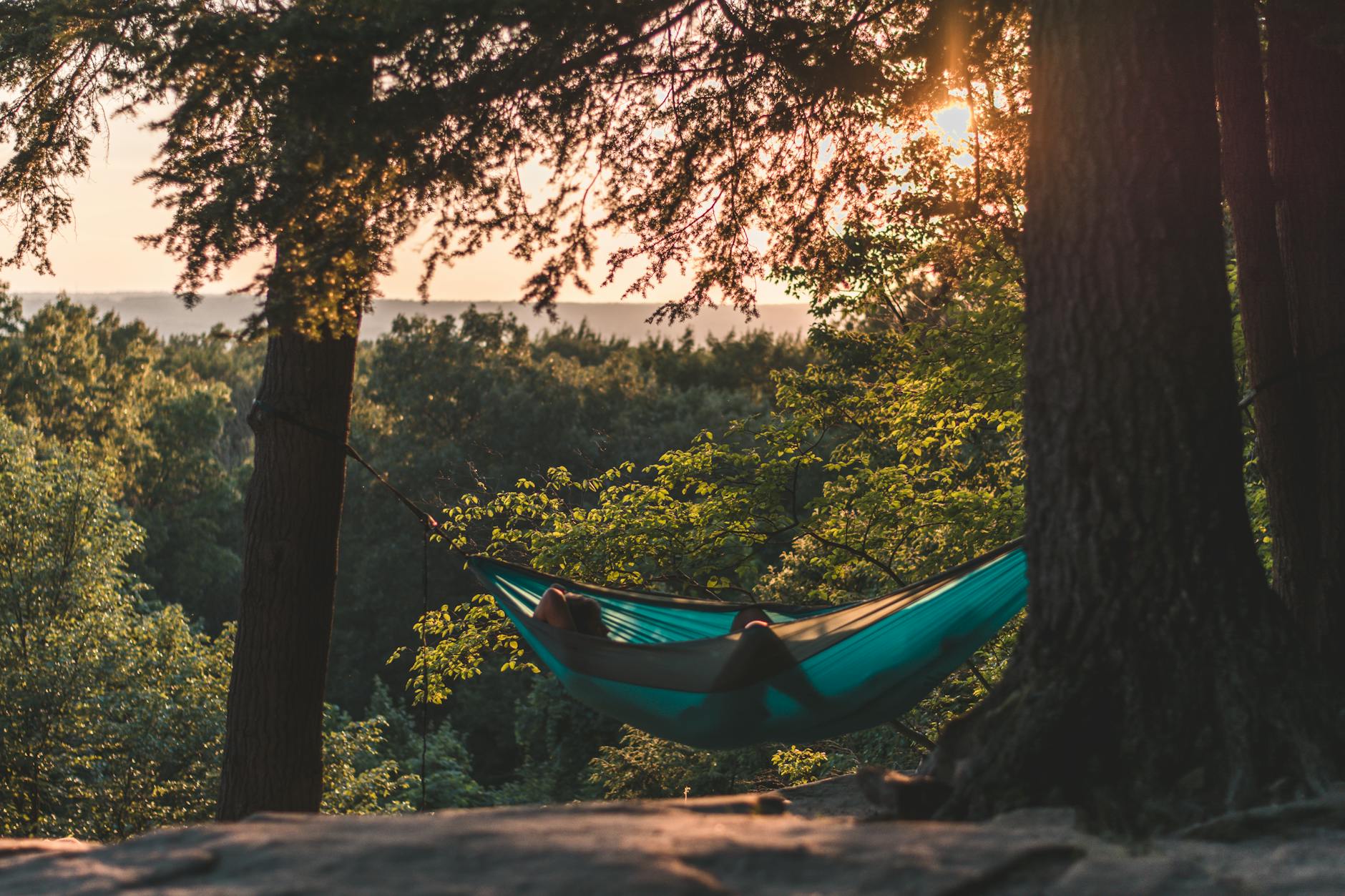

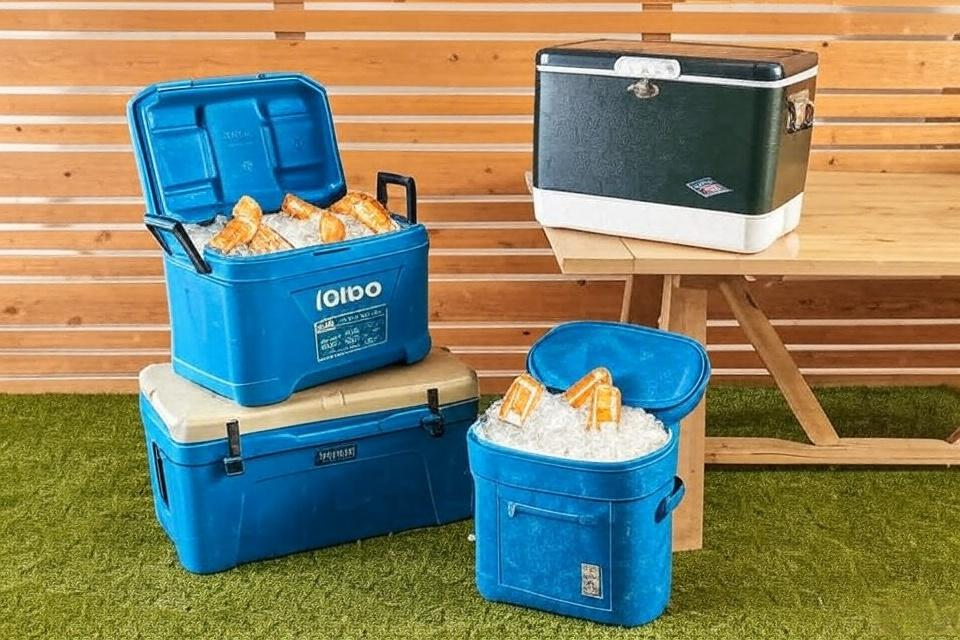



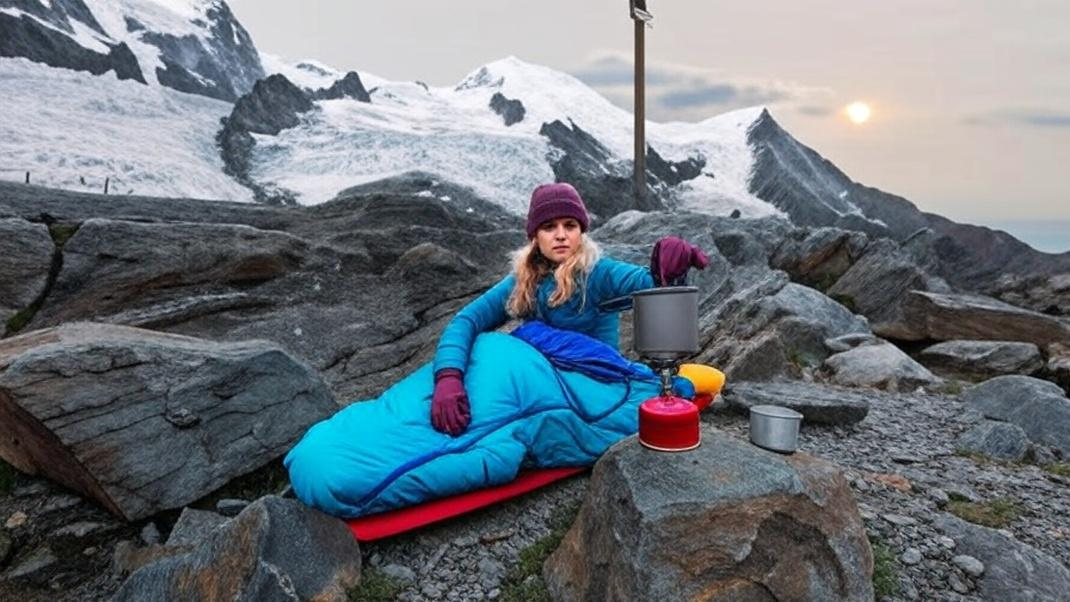




Leave a Reply